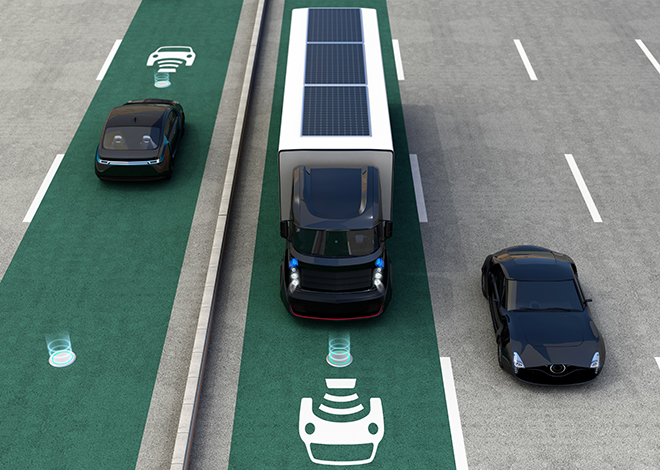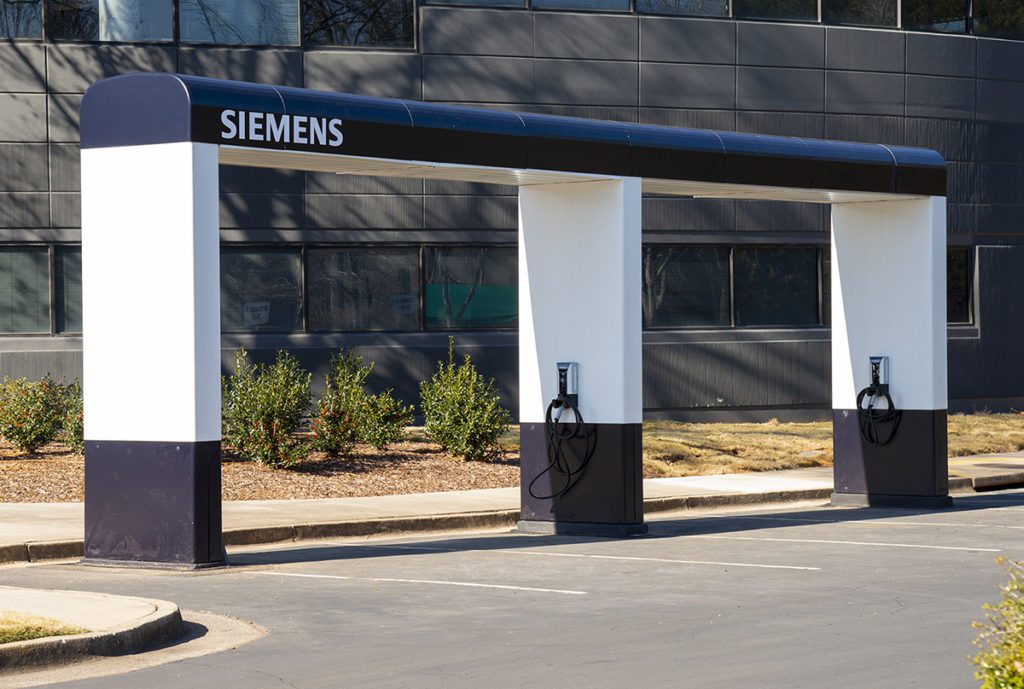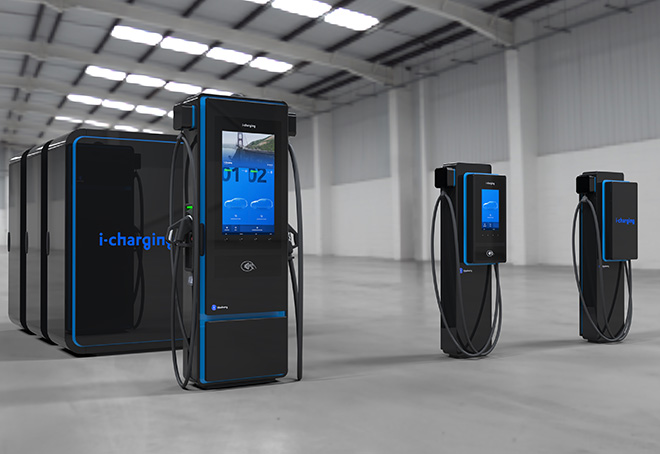Stanford engineers say they have taken a big step toward a practical system for dynamic charging, which would allow EVs to recharge while hurtling down the highway.
Stanford Professor Shanhui Fan has been working on dynamic charging for some time. In 2012, he and his team published a description of a dynamic system, which they tested using computer models. In 2017, Fan and graduate student Sid Assawaworrarit built a working prototype. However, it was too inefficient to be useful outside the lab.
Now, in Nature Electronics, the two engineers have demonstrated a system that could be scaled up to enable highway dynamic charging, and that could see a practical application in the nearer term, wirelessly recharging robots as they move around warehouses and factory floors.
“This is a significant step toward a practical and efficient system for wirelessly recharging automobiles and robots, even when they are moving at high speeds,” Fan said. “We would have to scale up the power to recharge a moving car, but I don’t think that’s a serious roadblock. For recharging robots, we’re already within the range of practical usefulness.”
As Stanford Engineering explains, “wireless chargers transmit electricity by creating a magnetic field that oscillates at a frequency that creates a resonating vibration in magnetic coils on the receiving device. The problem is that the resonant frequency changes if the distance between the source and receiver changes by even a small amount.”
“In their first breakthrough three years ago, the researchers developed a wireless charger that could transmit electricity even as the distance to the receiver changes. They did this by incorporating an amplifier and feedback resistor that allowed the system to automatically adjust its operating frequency as the distance between the charger and the moving object changed.”
However, that system achieved an efficiency level of only 90%. In their new paper, the researchers claim to have increased efficiency to 92%. The key, Assawaworrarit explained, was to replace the original amplifier with a far more efficient switch mode amplifier. It took years of painstaking theoretical and practical work to design a circuit that worked.
The new prototype can wirelessly transmit 10 watts over a distance of two or three feet, and Fan says there are no fundamental obstacles to scaling up the system to the tens or hundreds of kilowatts that would be needed to charge an automobile on the highway. A system that could recharge robots or aerial drones would be much cheaper, and could be implemented much sooner.
Source: Stanford Engineering








































































